|
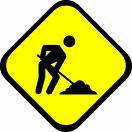 |
|
Synopsis (to be expanded) |
|
Origins |
| |
-
A natural strongpoint in Central
India's Malwa region, consisting of a plateau ~
15-kilometers in length. Elevation is approximately 700
meters, giving a far view of the surrounding region. The
River Narbada flows at the south end of the plateau.
-
Identified as a fort as early as
6th Century AD.
-
Battlements extend to 60-km.
|
| |
 |
|
Malwa 1823 in relation
to the rest of North West India.
http://www.davidrumsey.com
|
| |
|
800-1300
AD The Parmara Dynasty |
| |
|
|
| |
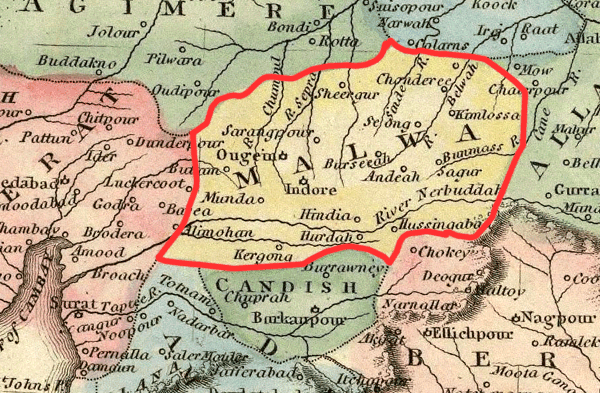 |
|
A map of Malwa
1823. Ajmer is to the Northwest, Gujrat to the West.
http://www.davidrumsey.com
|
| |
 |
| |
|
1300-1400 AD The Delhi Sultanate |
| |
|
|
| |
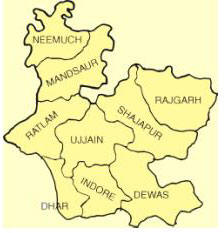 |
|
Modern Districts
of Malwa.
http://jnkvv.nic.in/images/zone10/map.jpg
|
| |
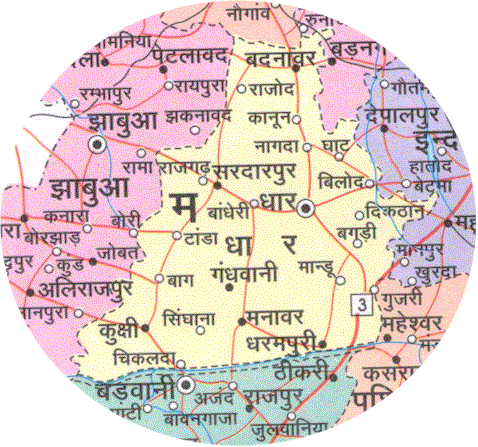 |
| |
|
Dhar, which used
to be the capital of Malwa before 1435 AD, is the bullseye in
the map. Proceed southeast on National Highway 3 and you will
see Mandu immediately to the NW of the symbol 3.
http://dhar.nic.in/maps.htm
|
| |
|
1401-1531 AD The
Sultans of Malwa |
| |
-
Malwa
became independent in 1401 when the governor of Malwa,
Dilawar Khan, seized power.
-
The capital of Malwa, previously
at Dhar, was shifted by Dilawar's successor Hoshang Shah, to
Mandu in 1435.
-
Most of the very extensive Mandu
Fort was built by the Sultans of the Malwa Dynasty
1401-1531.
|
| |
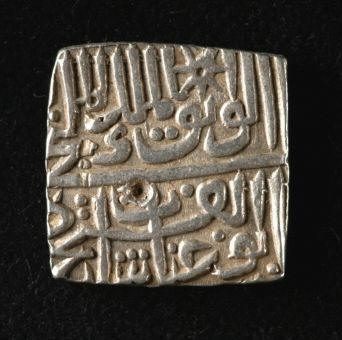 |
|
Silver Rupee 15th Century,
Chiyas Shah of Malwa
Photograph Birmingham Museum
http://www.bmagic.org.uk/objects/1999C13Sources
|
| |
|
The Sultans of
Malwa
- Dilawar Khan 1401-1405
- Hoshang Shah 1405-1435
- Ghazni Khan 1435-1436
- Mahmud
Khalji I 1436-1469
- Ghiyasuddin
Khilji 1469-1501
- Nasir al-din
Shah 1501-1510
- Mahmud Shah
II 1511-1532
|
|
Note: Mahmud Khalji was prime
minister of Malwa when he usurped the throne in 1436. Mahmud
Shah II ruled Malwa as a vassal of the Sultans of Gujrat after
they captured Malwa. |
| |
|
Area of Mandu Fort |
| |
|
Mandu Fort
covered almost 20 square miles, as evidenced by land records
examined by Major General Sir John Malcolm and given in his Memoir of Central India p.41-42, London 1824. |
| |
 |
 |
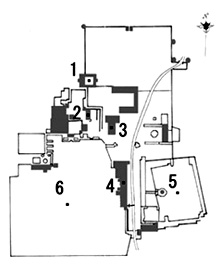 |
Mandu Palace Complex
1. Dilawar Khan's
Mosque
2. Champa Baoli
3. Hindla Mahal
4. Jahaz Mahal
5. Kapur Talao
6. Royal Palace |
|
http://www.ioc.u-tokyo.ac.jp/~islamarc/WebPage1/htm_eng/index/map_e.htm
|
| |
|
1531-1561 AD Sher Shah Suri/Successor Rulers |
| |
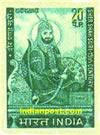 |
|
Stamp
http://www.indianpost.com
|
| |
|
|
| |
 |
| |
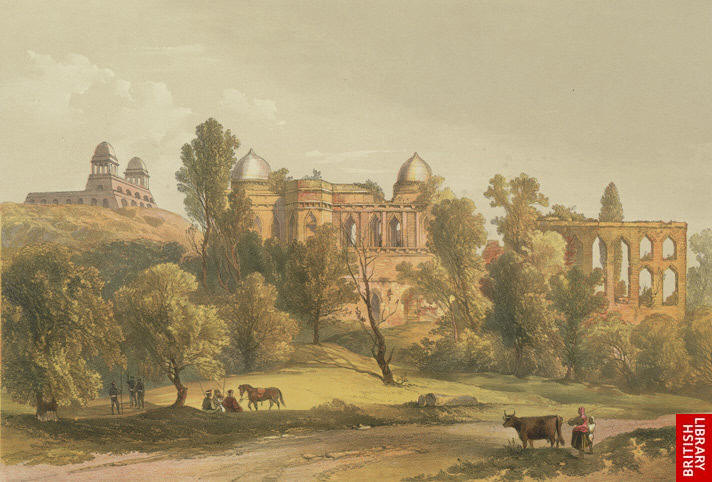 |
|
Baj Bhadur's Palace at Mandu. The
pavilion he built for his queen, Rupmati, is at the left. The
drawing is by Captain Claudius Harris of the British East India
Company in the first part of the 19th Century.
http://www.collectbritain.co.uk/personalisation/object.cfm?uid=019XZZ000000427U00004000&largeimage=1#largeimage
|
| |
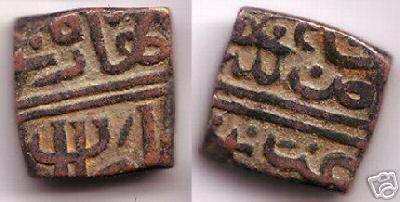 |
|
Bronze coin of Baz Bhadur
http://cgi.ebay.com/Scarce-bronze-falus-of-Baz-Bahadur-1555-1561-2-Malwa_W0QQitemZ8434406297QQcmdZViewItem#ebayphotohosting
|
| |
|
1561-1734 AD The Mughuls |
| |
-
Akbar captured Mandu in 1561 or
1562.
-
He came to
stay for a while: his general had not made a proper account
of the spoils and Akbar marched quickly to Mandu.
-
After Akbar
left, the city became largely deserted for reasons we do not
know as yet.
|
| |
 |
|
http://www.toursoperatorindia.com/madhya-pradesh/gifs/madhya-pradesh-pic-2.jpg
|
| |
|
1734-1818 AD The Marathas |
| |
 |
| |
-
The rise of the Marathas and the
concomitant fall of the Mughuls led to Mandu passing under
the control of Peshwa Baji Rao I ~1734.
-
By 1733 the Holkars rule Malwa
(and Indore) as lieges of the Peshawas. The dynasty's
founder, Malhar Rao Holkar (1694-1766), was a peasant
who became a king by his own merit. He obtained his
territories for his military services to the Peshwa in
the region, and became one of the five autonomous
leaders of the Maratha Confederacy.
In the case of the Holkars
the rise in status and wealth was particularly rapid and
marked. From petty local power brokers, they emerged by
the 1730s into a position in which Malhar Rao Holkar
could be granted a large share of the cauth collection
in Malwa, eastern Gujarat, and Khandesh. Within a few
years, Malhar Rao consolidated his own principality at
Indore, from which his successors controlled important
trade routes as well as the crucial trading centre of
Burhanpur. After him, control of the dynastic fortunes
fell largely to his son's widow, Ahalya Bai, who ruled
from 1765 to 1794 and brought Holkar power to its apogee.
http://www.britannica.com/eb/article-46989/India
-
In 1818 the Marathas
are defeated
in the 3rd Anglo-Maratha War. Much of the Holkar holdings
are ceded to the British these once proud kings become lieges of the East
India Company.
-
In 1832 AD the Peshwa divides Malwa between three chiefs, and Anand Rao Pawar becomes
governor.
|
|
|
 |
| |
|
1818-1947 AD British Paramountcy
|
| |
|
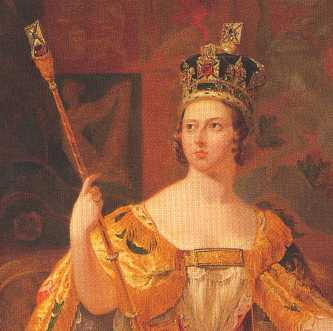  |
|
|
| |
|
|
| |
|
|
| |
|
Sources
|














